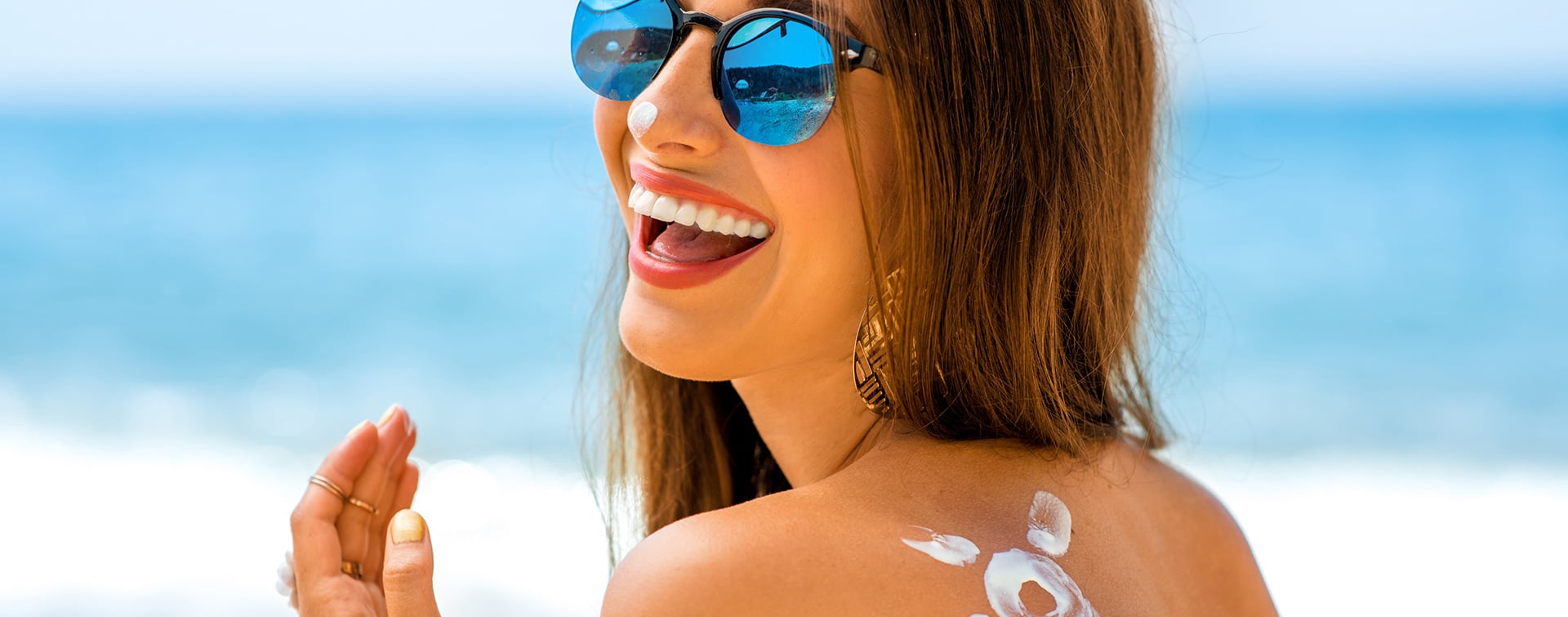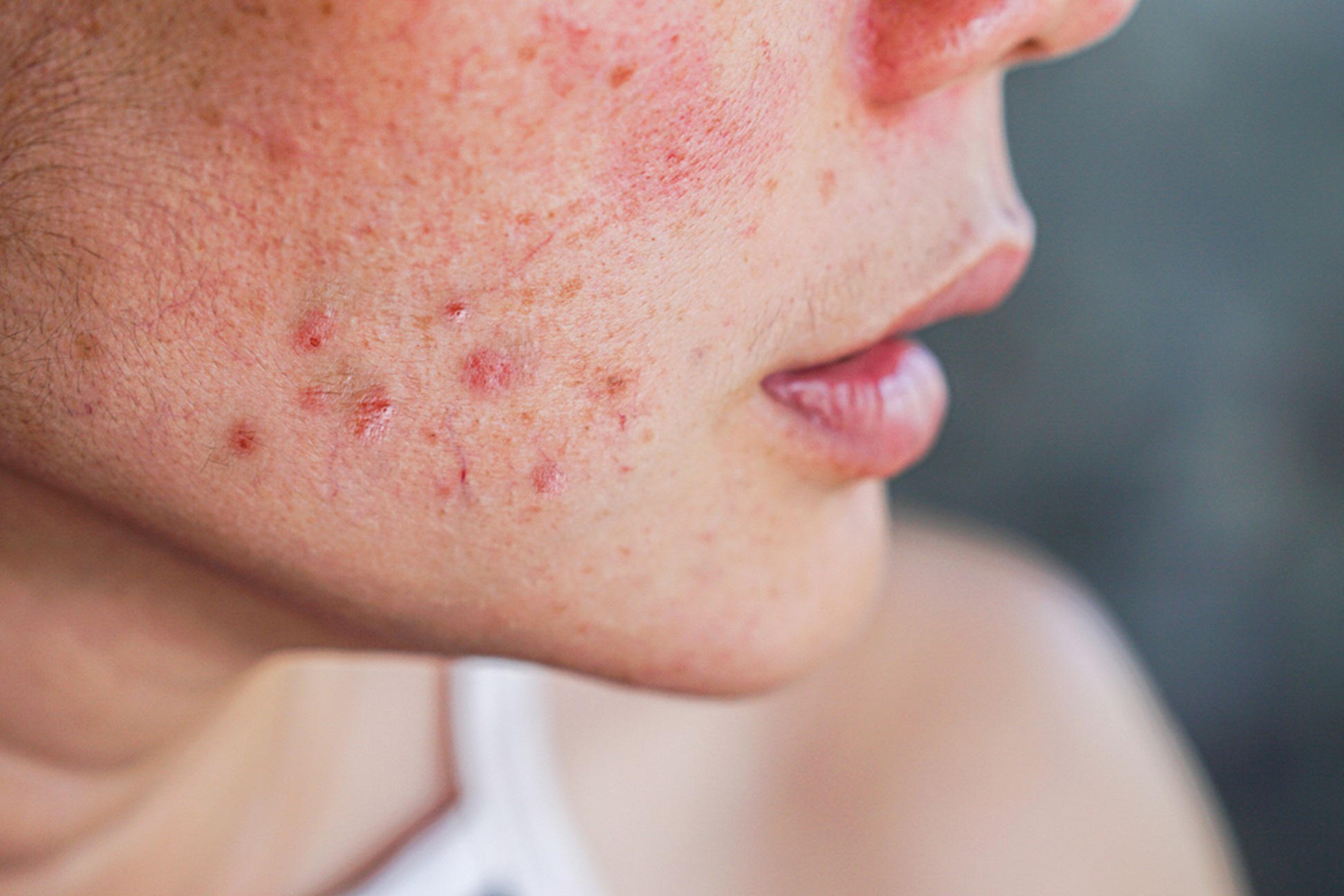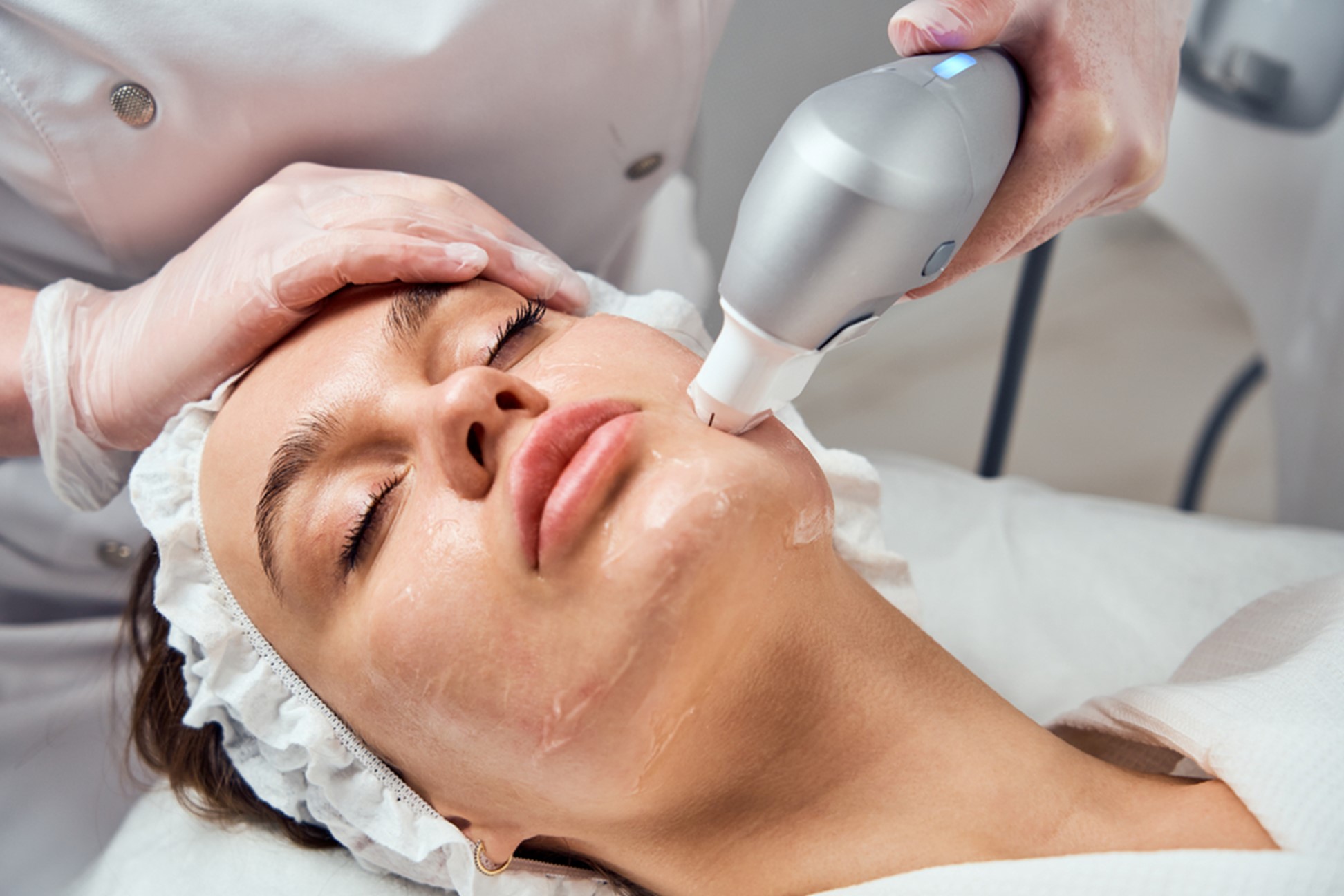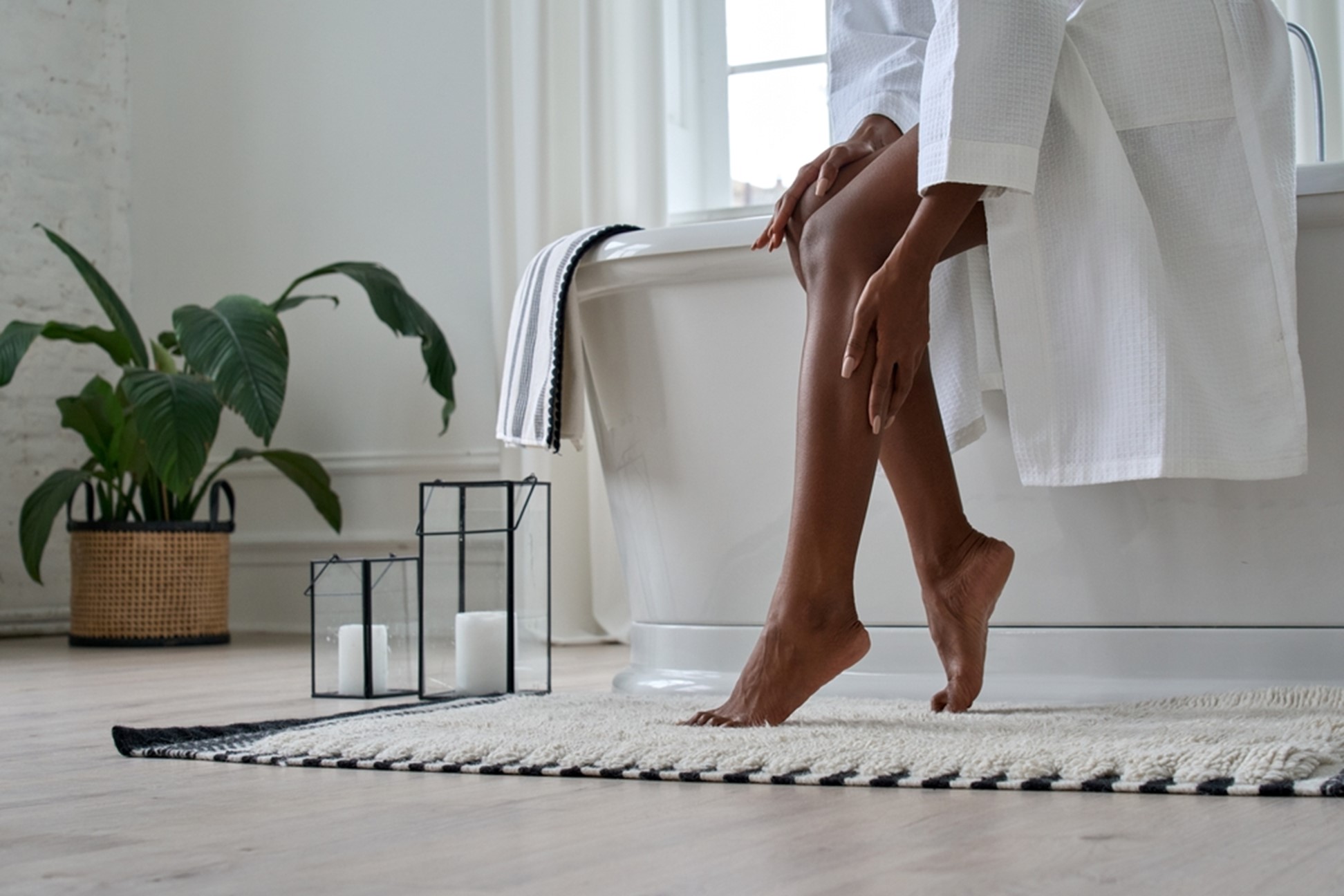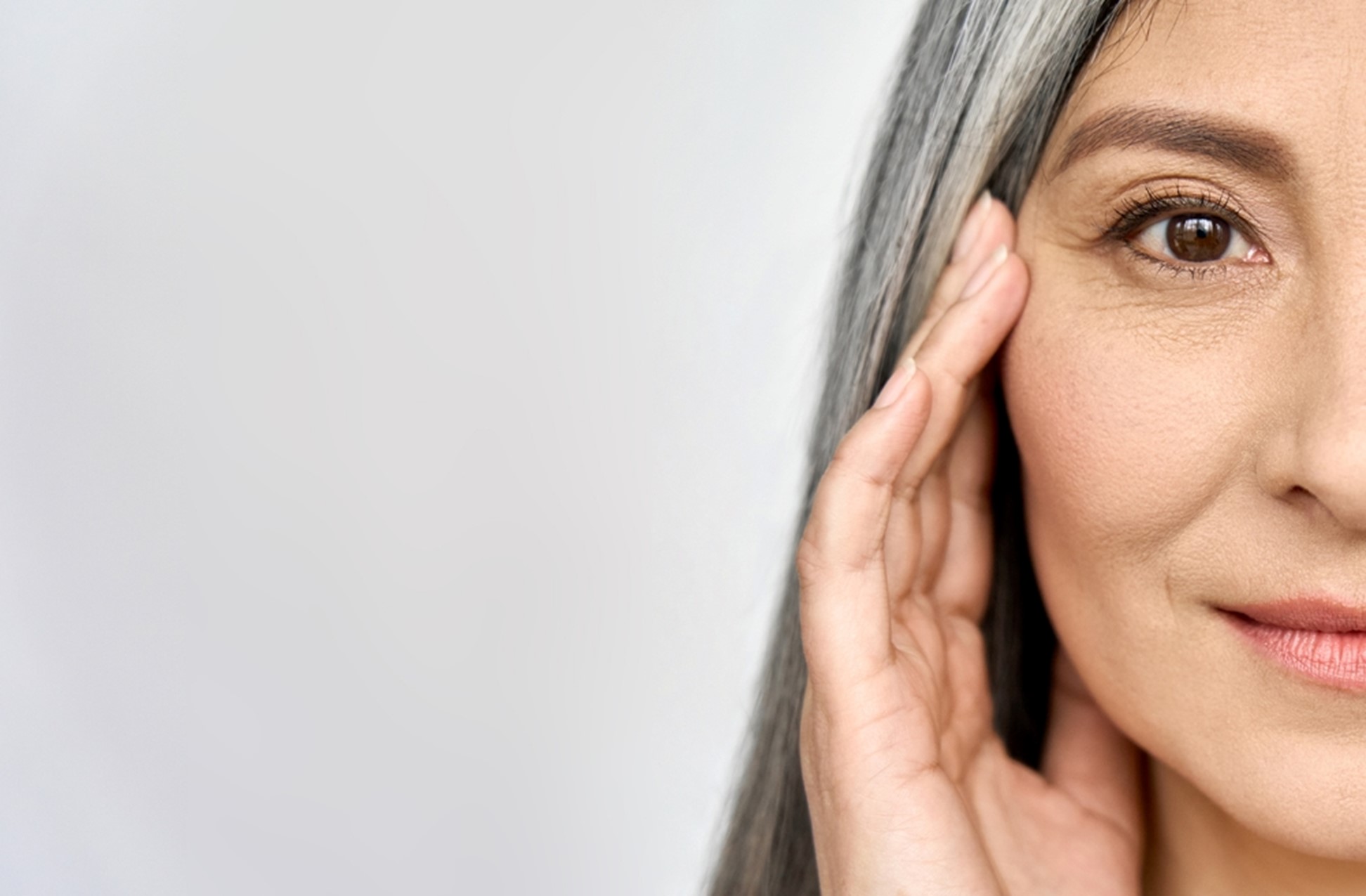Sun protection is becoming a greater focus for many Australians. However, so much conflicting information makes it hard to to know when to apply and which product is needed.
Today we are going to uncover the SPF truths and answer your most common questions.
WHEN?
Probably the most common sun protection query: when do I really need SPF?
The answer? Everyday. Every. Single. Day.
We understand this seems hard to believe. You work indoors. It’s winter. It’s Melbourne. You feel like you haven’t seen a ray of sunlight in weeks!
But the truth is UV rays are always present. No matter how rainy or cold or wintery the day may seem. It has also been shown that UVA rays are able to penetrate glass- that sunny desk at work is damaging your skin without you even realising!
We all know the major effects of the sun, such as melanoma, however there are many other minor factors that should be prevented against too.
For example, UV rays cause your skin to produce more melanin, which acts as your own natural SPF. This is what causes your skin to tan but is also responsible for sun spots and pigmentation.
Plus frequent sun exposure also damages the elastin fibres in your skin, which lead to sagging and wrinkles.
These factors not reduces the health of your skin but also cause visible signs of ageing. We all know prevention is better than cure and applying SPF each morning is a simple way to minimise the risks.
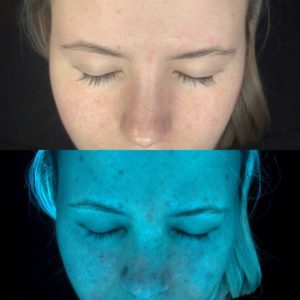
Here is an image showing UV damage using our OBSERV Skin Imaging device. Just because it isn’t visible on the surface doesn’t mean it’s not there! SPF use can prevent this pigmentation coming to the surface.
HOW OFTEN?
It’s important to follow the guidelines for reapplication when swimming or exercising but daily SPF use is a little tricky.
Ideally, reapplying every few hours or before going outside is the best option. However we understand that is an unrealistic expectation for most people’s busy lives.
Instead, we recommend being very diligent with your morning application to protect your skin as much as possible throughout the day.
WHICH TYPE?
Anyone who has looked at the sunscreen shelf at the supermarket recently would realise the strength of protection varies- from SPF 8 tanning oils right up to SPF50+. Now to mention terms such as UVA, UVB and now even UVC.
So what does it all mean and which is best?
Put simply, UVA rays are responsible for the changes in your skin, such as tanning or wrinkling, while UVB rays penetrate to the deeper layers and can cause cellular changes leading to cancer. This is where the term “broad spectrum” comes into play, as this type of protection prevents against both forms of damage.
As for strength, the number refers to amount of protection against UV rays. For example, SPF 30 offers 30 times more protection than your body’s natural protective response.
It is important to note SPF 30 allows about 3% of UVB rays through, while SPF 50 only allows 2% through. This 1% mightn’t seem like much, however the difference is approximately 50% more radiation.
In summary, you should always opt for a broad spectrum SPF 50 for optimal protection against all UV damage.
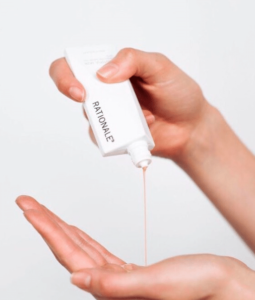
OUR RECOMMENDATIONS
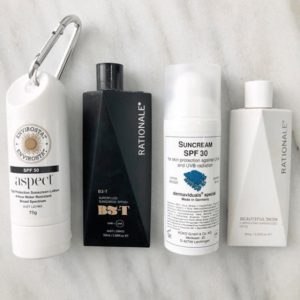
Pictured: Aspect SPF50, RATIONALE B3-T SPPF50, dermaviduals Suncream, RATIONALE Beautiful Skin Superfluid SPF50
WANT TO LEARN MORE ABOUT YOUR SKIN?
Our complimentary skin consultation includes OBSERV Skin Imaging.
Come and have a chat with us about your concerns and find a personalised at-home and in-clinic treatment plan for you.
Book here.
